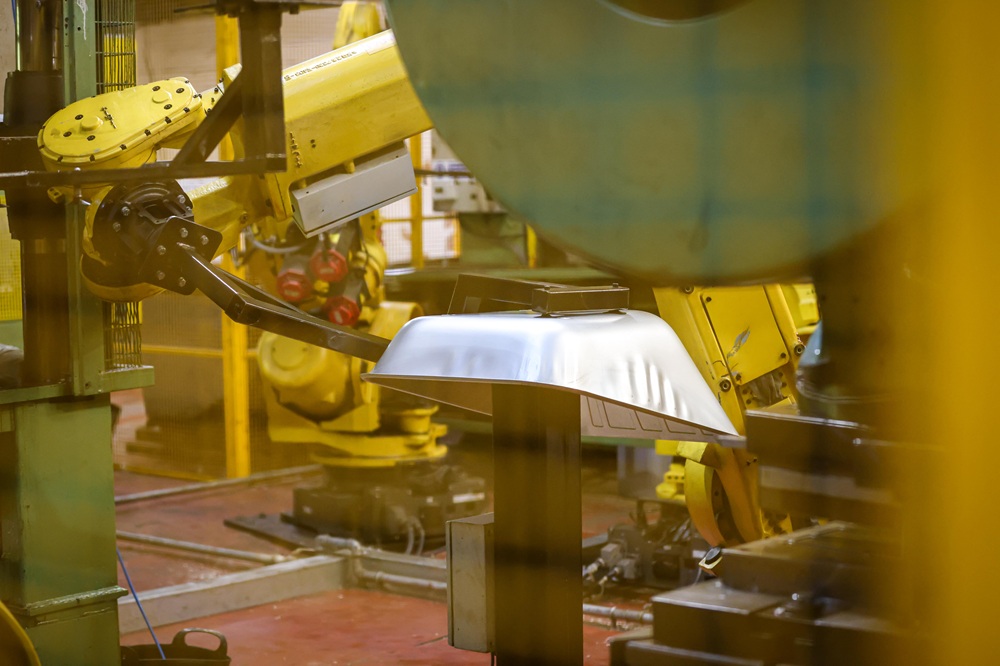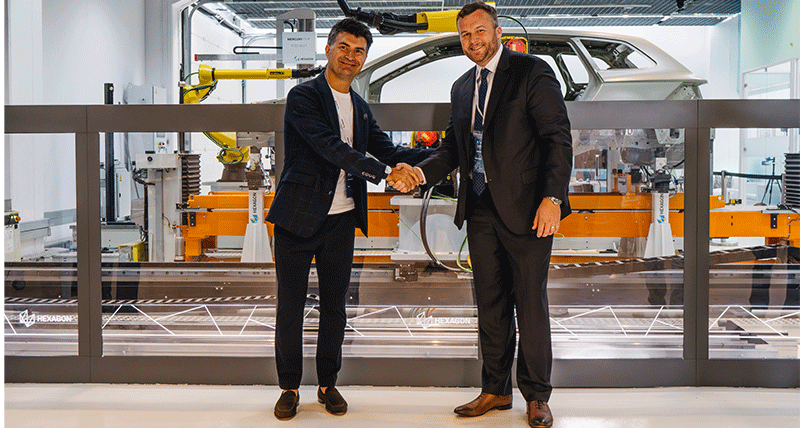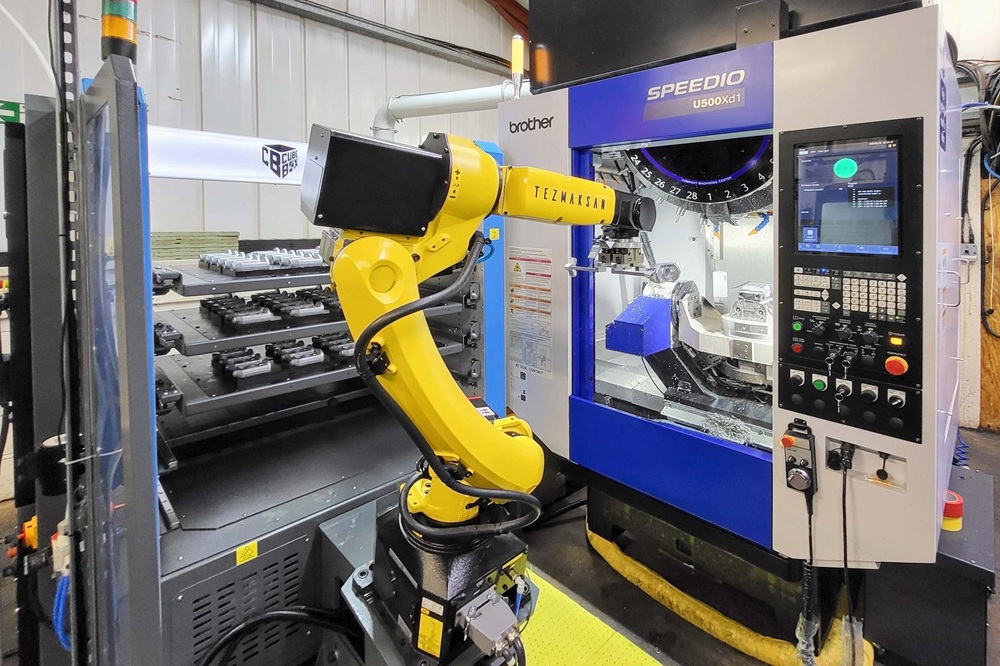Panasonic Factory Solutions has enabled automotive manufacturer Thyssenkrupp Bilstein, a global specialist in automotive shock absorbers, to digitise its damper shopfloor in Romania utilising Panasonic’s Tawers G4 welding robot systems. The Tawers G4 will upgrade and replace two older welding robot cells, which after a decade of reliable operation are now coming to end-of-life. One of these welding robot cells has been completely upgraded to the G4 System, with its de-installed components used as spare parts to prolong the life of the second-oldest robot cell.
As one of the biggest employers in Romania’s Sibiu county, Thyssenkrupp Bilstein manufactures OEM damper assemblies and components for the automotive aftermarket sector. Panasonic’s Tawers G4 Welding Robot System enables Thyssenkrupp Bilstein to increase speed, flexibility and usability on its production line, helping it to maintain a crucial competitive advantage and achieve its digitisation goals.
In total, six Panasonic Tawers welding robot systems are operating in the plant. The G4 features increased controller processing speeds, and optimised communication between the controller and the robot. When compared with previous models, the newly integrated transformer has enabled the G4 to be smaller, saving space and costs without compromising reliability. Furthermore, the G4’s teach pendant touchscreen simplifies programming on the production line.
The Tawers G4 features its DTPS offline programming software, enabling remote digital access to real time production and system operating data. This means engineers can reprogram all parts or some of the parts of the welding process while the robot is still running in production. Undertaking these activities outside of the shopfloor provides flexibility and saves a huge amount of time.
More information https://eu.connect.panasonic.com



















